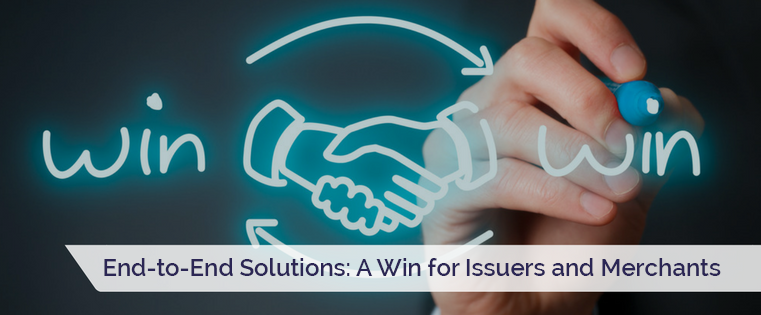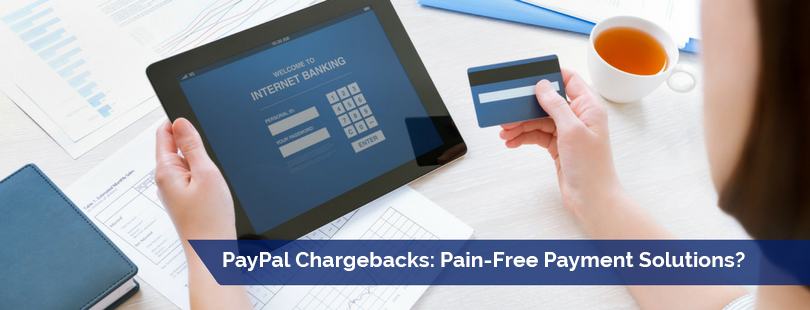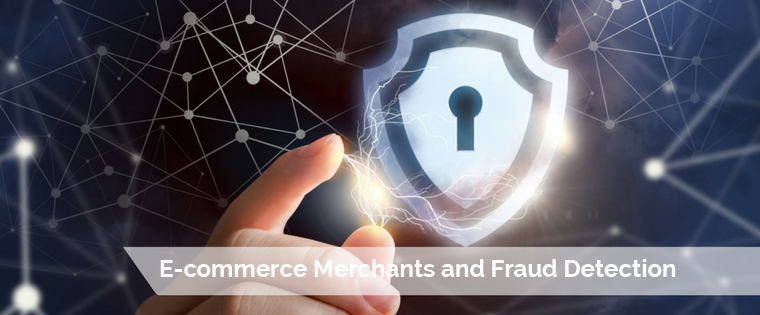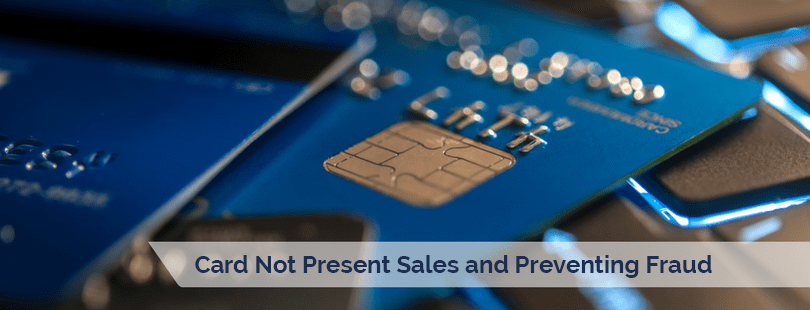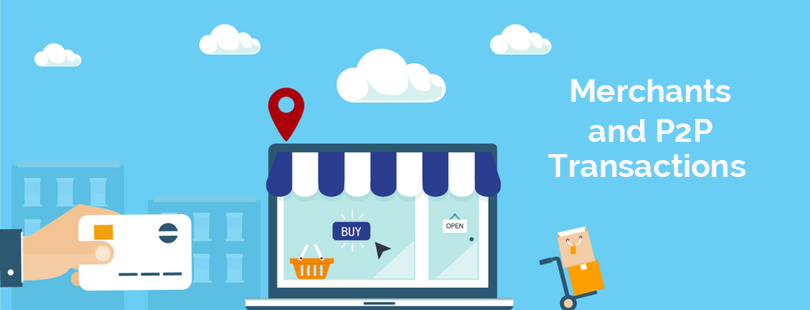
Consumers want quick and easy payment methods. They expect to be able to pay from whatever device they have in their hand (or on their wrist) and do so when they want. This is the new age of card not present transactions, and merchants who want to succeed need to keep pace with these demands.
For many merchants, this pace of emerging payment options can be overwhelming. First, websites were forced into redesign to support mobile, then came the demands for apps that work on smartwatches and smartphones—and now merchants must update again to support peer-to-peer payments (or P2P, also referred to as person-to-person).
P2P payment technology allows consumers to quickly and easily send payments with a quick tap or swipe. With apps and services such as Venmo, PayPal, Google Wallet, Dwolla, Apple Pay, and Bitcoin becoming accepted payment options by many online businesses, P2P has moved from the fringe to the mainstream.
P2P and Card Not Present Transactions
Credit and debit card payments aren’t going anywhere, but for card not present merchants it’s time to make room on the checkout page for the latest in P2P options. It could be easy to assume that consumers will, upon not seeing their chosen P2P method, simply pay with a credit or debit card, but it’s important to remember that millennials and the overwhelming number of mobile users expect and demand to pay with their preferred method. The struggle for merchants is to determine how to support P2P payments, considering the range of available methods, and which to support.
- PayPal: Not affiliated with a bank; users must connect a bank account or credit card. Allows users to store funds in a PayPal account. 202 countries, approximately 200 million active users, 25 currencies.
- Venmo: Owned by PayPal. Processed $4 billion in transactions in Q2 of 2016. Only available as a mobile app. Very popular with millennials.
- Dwolla: Offers a mobile app for consumers and customizable APIs for merchants. Primary focus is on APIs for merchants to support payments from a Dwolla account or credit/debit.
- Google Wallet: Send and receive money with an app, Gmail, or through wallet.google.com. Linked to a bank account or debit card.
- Apple Pay: Proprietary Apple product. Can be connected to a debit or credit card. Works with some store credit cards, such as Kohl’s, BJ’s, Ultra, and Meijer.
- Bitcoin: Uses its own Bitcoin currency—doesn’t trade in dollars. Not connected with a bank. Users create a Bitcoin wallet to send and receive bitcoins with an app or through a website.
- Bank-centric: Most major U.S. banks support P2P with the integration of vendor technology. The two biggest P2P vendors working with banks are Popmoney and ClearXChange. Allows users to transfer money through a bank-specific app or website.
- Facebook Messenger: Requires a Visa or MasterCard debit card. Payments take two to five days to process. Allows users to transfer funds to other Messenger users. Can also buy goods with Messenger bots.
- Snapcash: Owned by Snapchat. Uses Square Cash to process payments. Allows users to accept and send payments from within the app.
This list highlights the most popular P2P payment options and is likely to grow as P2P becomes more ubiquitous with buyers and merchants. P2P changes the face of card not present transactions by putting new demands on merchants to support these options and to ensure that consumers are not at increased risk with this P2P support.
P2P Security Risks
For many merchants, there are lingering questions about P2P and the associated fraud risks. While the opportunities afforded merchants and consumers by the flexibility and freedom of P2P are hard to dispute, these options do come with fraud and security risks. There are no security standards or regulations governing P2P payment options, giving providers room to choose how they want to best secure these transactions.
Particularly with the app-based P2P options such as Facebook Messenger, Snapcash, and Venmo, there have been reports of users becoming victims of fraud. Users of these P2P options have been targets of fake transfers, fake lottery winnings, fake fundraising, and have been tricked into accepting money from unknown senders.
As a card not present merchant, you know that a large part of your security and fraud prevention relies on knowledge—knowing who is buying from you and who is providing you with payment solutions advice. Successful integration of P2P payment relies on data—knowing how and where transactions are being initiated, and knowing how these P2P payment providers are keeping both your business and customer data secure. This requires expertise in the payments industry and understanding of the latest in fraud prevention.
If you’re considering P2P support or simply have questions about these payment options, contact Verifi to learn more. Our goal is to make sure that the entire payments ecosystem is safe and secure, and we are committed to help and support you in your business success.
